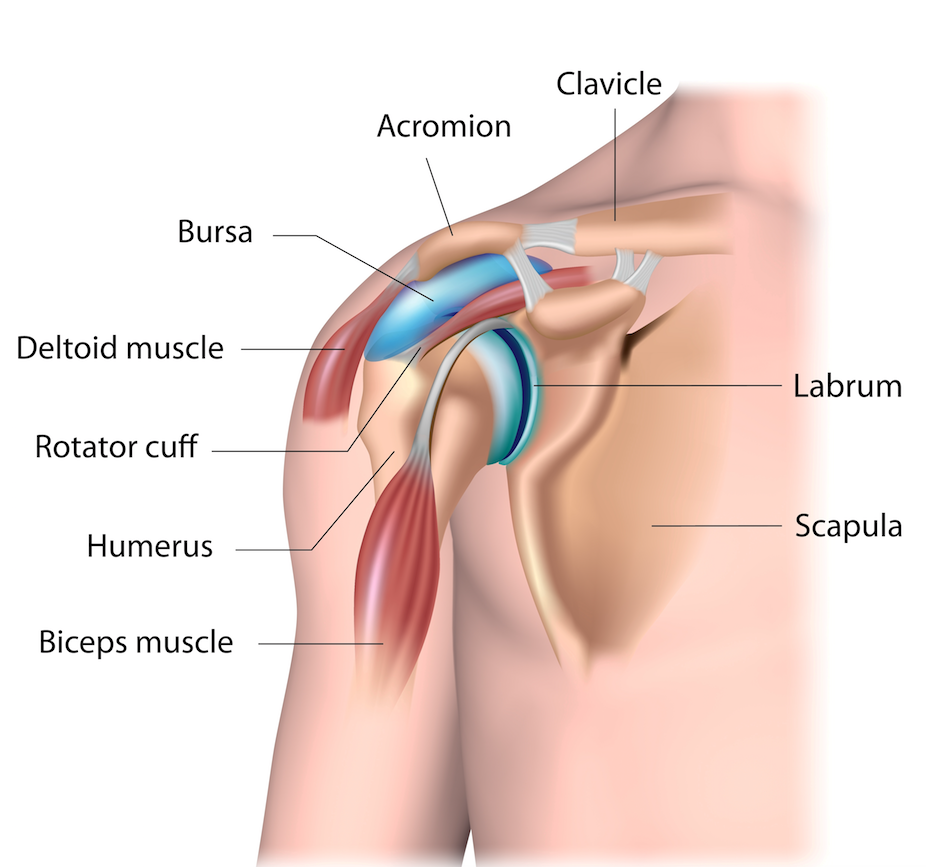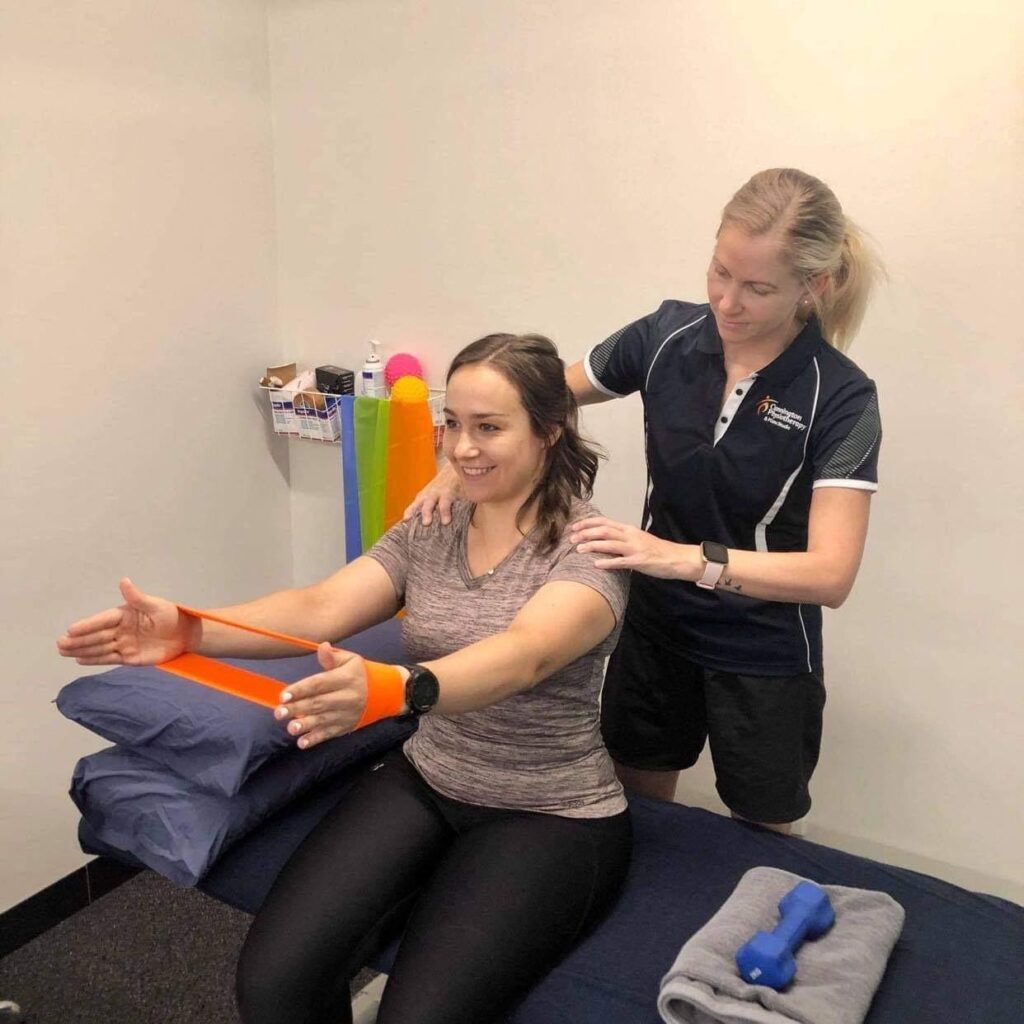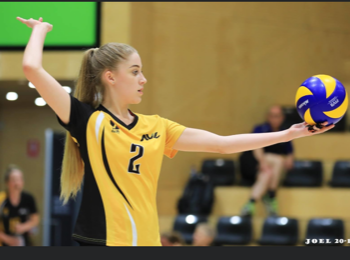Shoulder Impingement is a common presentation in a physio clinic. Patients often report pain in the front and outside of the shoulder during overhead or repetitive movements. Shoulder impingement occurs in the sub-acromial space, formed by the acromion (tip of the shoulder blade) and the top surface of the humerus (arm bone). Located within the subacromial space is the sub-acromial bursa, tendons of the rotator cuff and the insertion of one of the bicep tendons.

The bursa is a sac of fluid that sits between a tendon and a bone. It allows smooth, frictionless movement in a happy shoulder. Persistent compression of the bursa with shoulder impingement can cause inflammation and swelling, known as bursitis. When a bursitis is present, there is less room in the sub-acromial space shoulder for tendons to move, this is even more noticeable in overhead movement as the space naturally reduces in size.
The rotator cuff muscles originate from the shoulder blade, through the sub-acromial space and attach onto the humerus. These tendons are susceptible to compression during shoulder impingement.
The role of the rotator cuff muscles is to ensure the shoulder complex is stable during movement. With continuous compression they can become inflamed and cause dysfunction.
Common complaints reported with “shoulder impingement”:
- Pain with overhead movements (brushing hair, reaching up to the top shelf, serving in tennis/volleyball, freestyle swimming)
- Pain reaching behind the back (doing up a bra strap)
- Pain and weakness with lifting
- A dull ache after a sporting activity or a heavy day at work
- Unable to sleep on the injured shoulder due to pain
Frequently asked questions:
Why have I been given exercises for the back of my shoulder, when I feel the pain at the front?

Shoulder impingement is a combination of many factors and one important factor addressed is strength. It’s very common to be prescribed exercises to target muscles that may be weak or underactive around your shoulder blade. Our main aim is to prevent muscle imbalance and provide stability during movement.
Why is it taking so long to recover?
The length of recovery is patient dependent and will generally be longer if you have developed a tendinopathy. Tendinopathy (inflammation of a tendon) is generally a pathology that will take more time to heal. Rebuilding a strong and healthy shoulder can take time due to strength training. It takes approximately 6-8 weeks of consistent training to build strength, which can be frustrating at times. This is why it’s important to trust the process and continuously work with your physio to keep you on track.

Do I need an injection?
A cortisone injection may be suggested for a patient with a diagnosed bursitis if the shoulder pain is impacting on their participation in daily life or sporting performance. The physician will inject a small dose of corticosteroid into the bursa, aiming to reduce inflammation and swelling. This should allow improved mobility and allow rehabilitation to progress. It is important to continue rehabilitation after the injection to ensure the underlying mechanism of the injury is addressed.
If you are experiencing shoulder pain, do not hesitate to book in for a full assessment and personalised treatment plan.
